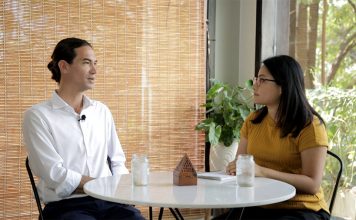Here’s a guide of the Cambodian construction market and the types of companies operating; including contractors, suppliers, maintenance firms etc.
As a continually evolving industry, construction is playing an increasingly strong role in Cambodia’s economy. Get some top tips from our panel of industry insiders on how to successfully carry out construction projects, make the most out of your team and hire the correct workers
If you can’t find your answer here, just ask us at B2B and we’ll point you in the right direction.
Updated June 2020.
Construction Top Tips in Cambodia
Here we call on our panel of experts to share what they have learnt about the construction and maintenance industry in Cambodia.
People and Labour in Cambodian construction
If you want to build in Cambodia the first thing you will need is skilled human resources.
Get the latest on the People and Labour market in Cambodian constructions and maintenance below.
Cambodian construction materials and supplies
Here’s where to find all your necessary construction materials, supplies and equipment for any Cambodian construction projects.
Cambodian Construction registration and regulations
Here’s all you need to know about current regulatory standards and registration expectations for any new construction projects in Cambodia.








